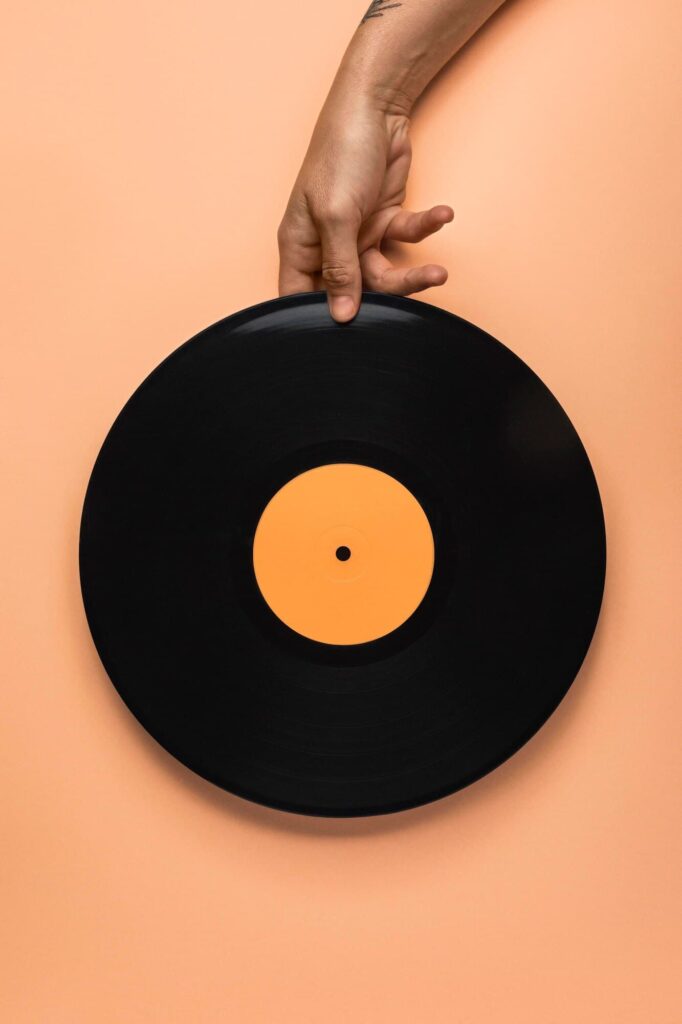In a time when music is just a tap away and digital platforms dominate the industry, it may seem strange that vinyl records—those large, grooved discs once declared obsolete—are thriving again. From indie music lovers to seasoned collectors, people are embracing the analog format in a world ruled by convenience and speed. But this resurgence is more than just nostalgia or hipster aesthetics; it’s a cultural and sensory statement that reflects a deeper connection to music itself.
Vinyl records continue to matter not because they resist change, but because they offer something fundamentally different—an experience that digital can’t fully replicate. Let’s dive into why vinyl refuses to fade, even in an age of endless digital access.
The Sound of Imperfection
One of the most celebrated aspects of vinyl is its sound. Technically speaking, digital music is cleaner, more precise, and far easier to transport. But what vinyl offers is warmth. The analog nature of a vinyl record captures a fuller range of frequencies, producing what many describe as a more “natural” or “alive” sound.
This sonic character is partly due to the way vinyl is mastered—often with less compression—allowing dynamic range to breathe. Every pop, crackle, and groove tells a story. These imperfections, far from flaws, are a reminder that music is human. You’re not just hearing the notes; you’re hearing the texture of the moment.
Ritual, Tangibility, and Presence
Playing a vinyl record is an intentional act. You remove the record from its sleeve, place it on the turntable, lift the tonearm, and gently set the needle. This ritual creates a pause in your day—a dedicated moment of musical focus in a distracted world.
In contrast, digital music often fades into background noise. With playlists shuffling endlessly and algorithmic recommendations shaping our taste, we engage less actively with what we’re hearing. Vinyl brings back the sense of presence, grounding listeners in the physicality of the format.
There’s also something incredibly satisfying about owning a physical collection. Each record becomes a chapter in your musical life. You remember where you bought it, who you were with, how you felt hearing it the first time. Try doing that with a Spotify playlist.
Cultural Value and Artistic Legacy
Vinyl isn’t just about the music—it’s about the entire package. Album artwork on a 12-inch sleeve has a presence and visual impact that no thumbnail ever will. Liner notes, lyrics sheets, and custom inserts turn records into art objects, not just media carriers.
This plays a big role in preserving musical history. When you hold an original pressing of a Miles Davis or Kate Bush album, you’re holding a tangible piece of cultural legacy. Vinyl presses time into a physical artifact, linking generations of listeners through grooves and artwork.
Collectors often compare vinyl to literature. Streaming is like scanning headlines; vinyl is like reading a hardcover novel cover to cover. It invites slow engagement, deeper appreciation, and respect for the artist’s complete vision.
Who’s Keeping Vinyl Alive?

The vinyl revival isn’t only driven by older generations longing for the past. In fact, many new listeners—especially under 35—are discovering vinyl for the first time. For them, it’s not about going back, but about stepping into something authentic.
Independent artists and niche labels have fueled this growth by pressing limited editions, exclusive color variants, and experimental formats. Record Store Day events continue to attract thousands of visitors globally, proving that the appetite is very real.
Even mainstream retailers like Target and Urban Outfitters now carry vinyl, suggesting it’s more than just a passing trend. It’s a new normal for many music lovers.
Here’s why people say they choose vinyl:
- They want better sound quality.
- They love the physical artwork and packaging.
- They enjoy the act of collecting.
- They use vinyl as a way to disconnect from digital life.
- They feel more emotionally connected to the music.
Vinyl and the Future: Not a Replacement, But a Coexistence
Despite vinyl’s growing popularity, it’s important to note that digital music isn’t going anywhere—and it shouldn’t. Streaming has democratized access, helped indie artists build audiences, and made music more portable than ever.
But vinyl doesn’t have to compete with digital. In many ways, they complement each other. You can stream a new album to discover it, and if it resonates, invest in the vinyl to experience it more deeply. One serves exploration; the other deepens connection.
We’re living in a hybrid age of listening—and vinyl’s role in that blend is not just viable, but vital.
Final Thoughts
Vinyl matters today not because it’s retro or cool, but because it reintroduces slowness, touch, intention, and immersion into music listening. It connects us more intimately to sound, to memory, and to artistry. In a world of scrolling and skipping, vinyl asks us to sit still and just listen.
As long as there are people who want to feel their music—not just hear it—vinyl records will keep spinning, defying digital dominance one groove at a time.